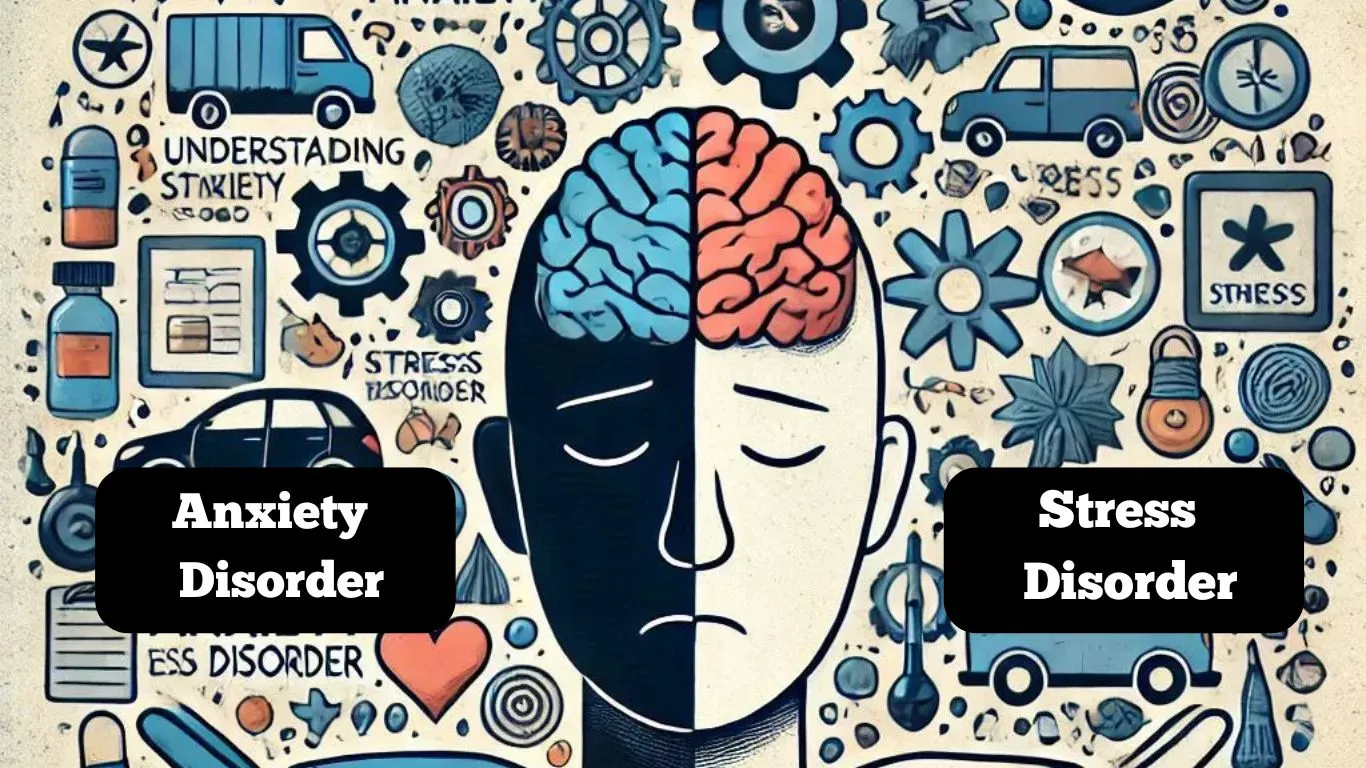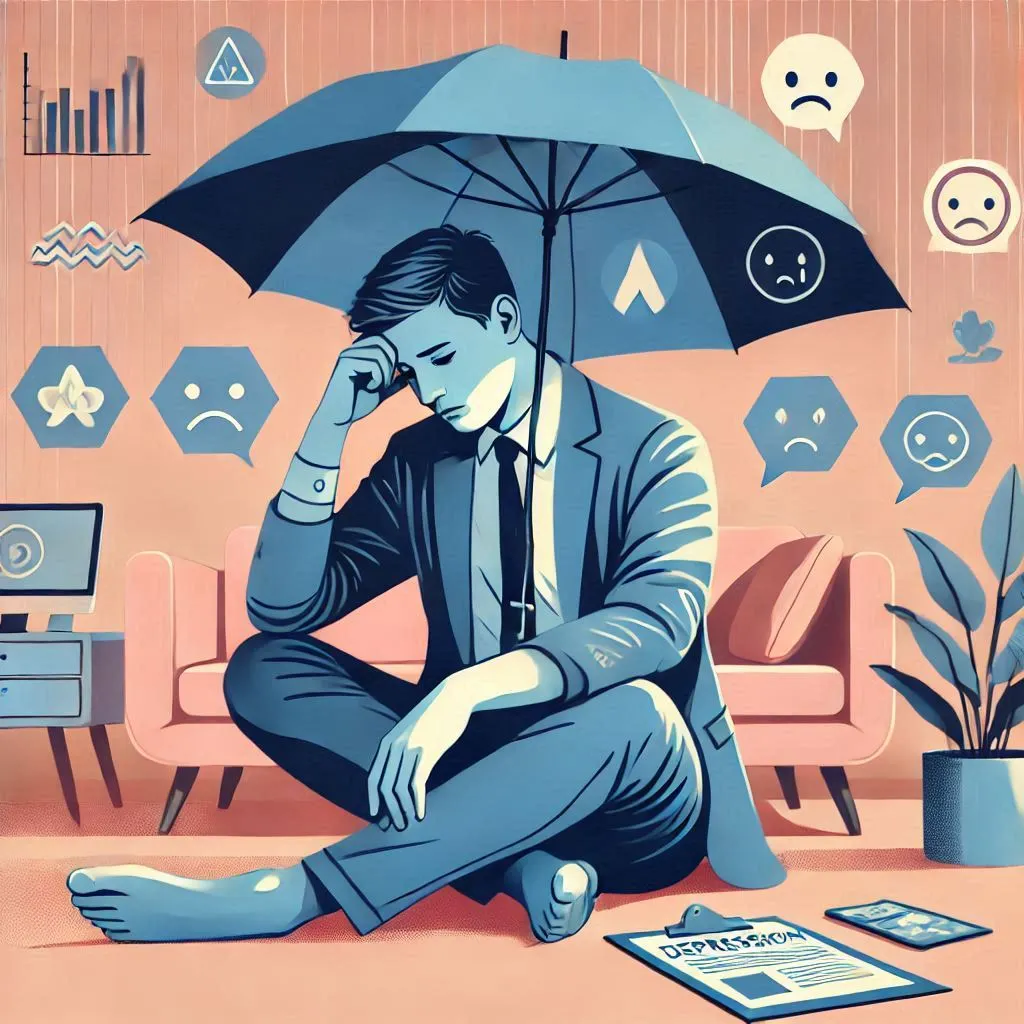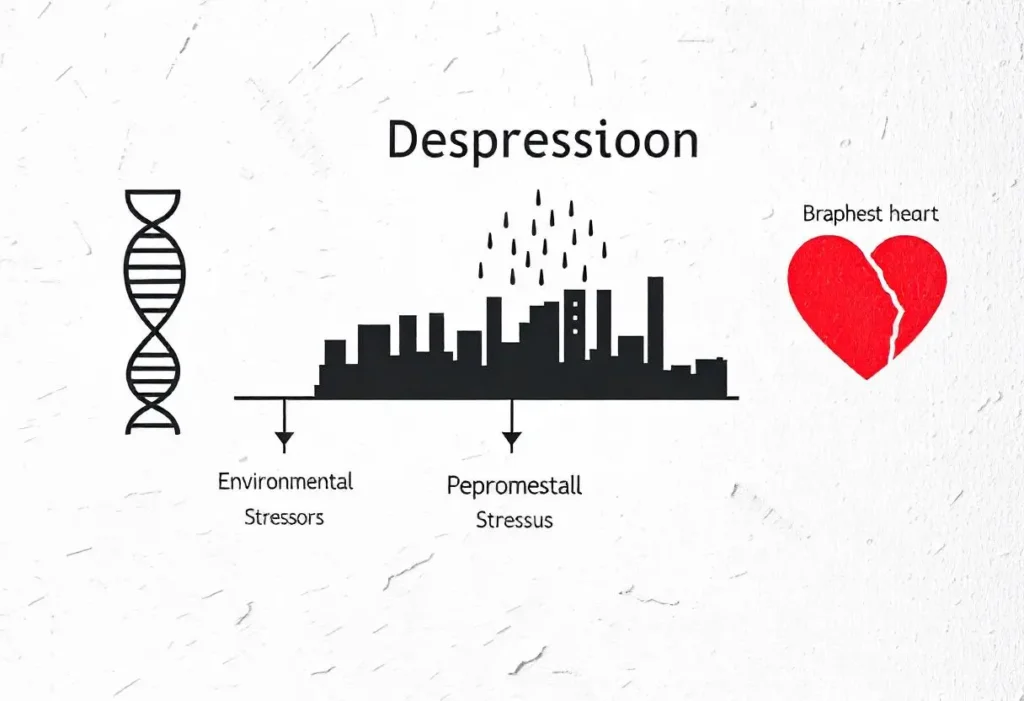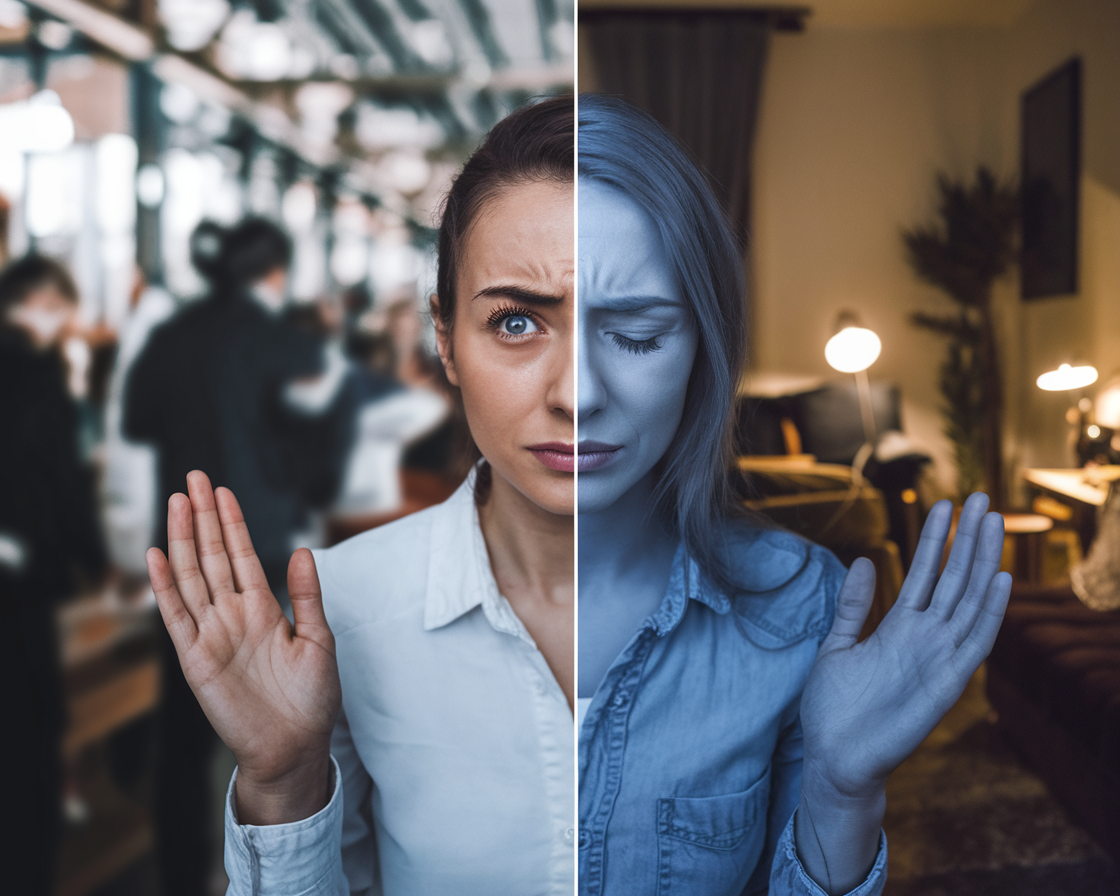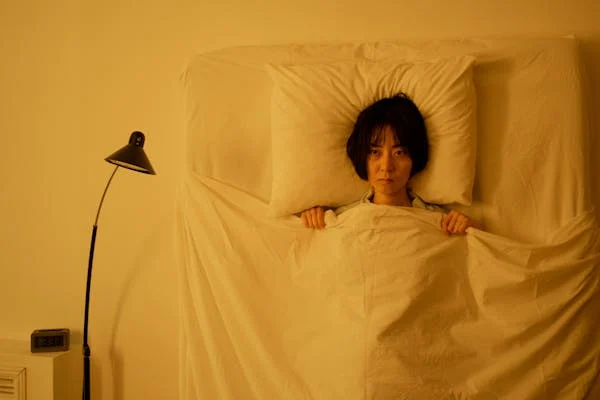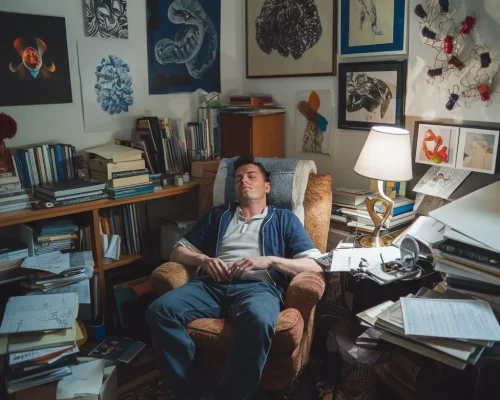If you’ve ever wondered about the difference between anxiety and stress disorders, you’re not alone. These two conditions often get mixed up, and honestly, it’s no wonder. Sometimes they can seem a lot alike! But don’t worry, I’m here to help you out of this mental health labyrinth.
Understand About Anxiety
Well, imagine: You’re about to give a big presentation at work. Your palms are sweaty, your heart is beating fast, and you can’t shake the feeling that everything will go wrong. Sound familiar? That’s anxiety in a nutshell.
Anxiety is like that annoying friend who’s always predicting the worst-case scenario. It’s a normal feeling that everyone experiences from time to time. But for some people, anxiety decides to overstay its welcome and turns into an anxiety disorder.
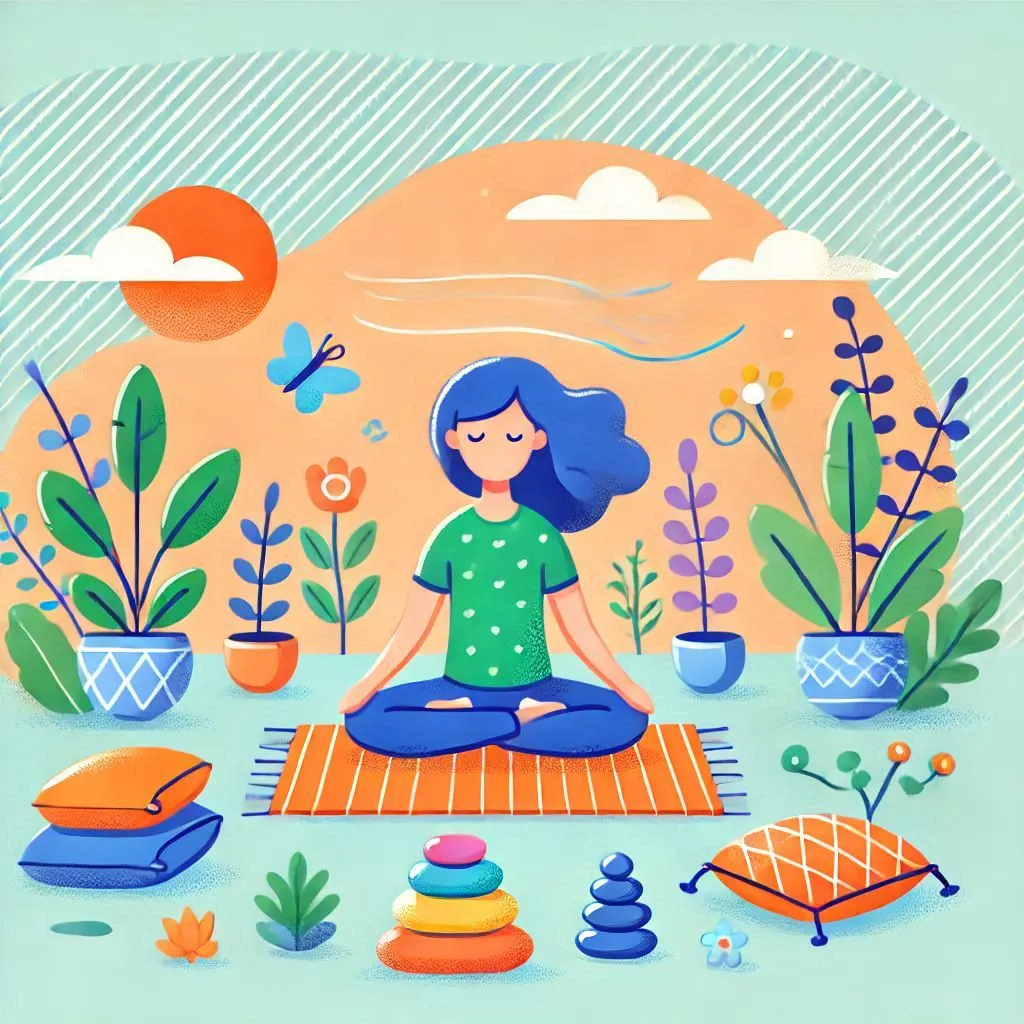
What Does An Anxiety Disorder Look Like?
- You worry. Too much. And about everything.
- Your body feels as though it’s constantly in a state of “fight or flight.”
- You may avoid certain situations because they scare you.
- Concentrating? Ha! Good luck with that when your mind is running a mile a minute.
- Sleep becomes your enemy – you’re exhausted, but your brain won’t shut off.
Understand About Stress Disorders
Stress, on the other hand, is your body’s response to pressure. It’s like your internal alarm system. A little stress can be good – it keeps you alert. But when stress gets too much, things get difficult.
Stress disorders, such as acute stress disorder or post-traumatic stress disorder (PTSD), usually come up when you go through a difficult or traumatic event. It’s like your brain’s way of trying to process and deal with what happened, but it gets stuck in a loop.
What Does a Stress Disorder Look Like?
- You can’t stop thinking about the stressful event.
- You might have nightmares or flashbacks.
- You feel numb or isolated from the world around you.
- You’re always on high alert, jumping at the slightest sound.
- You avoid anything that reminds you of the traumatic event.
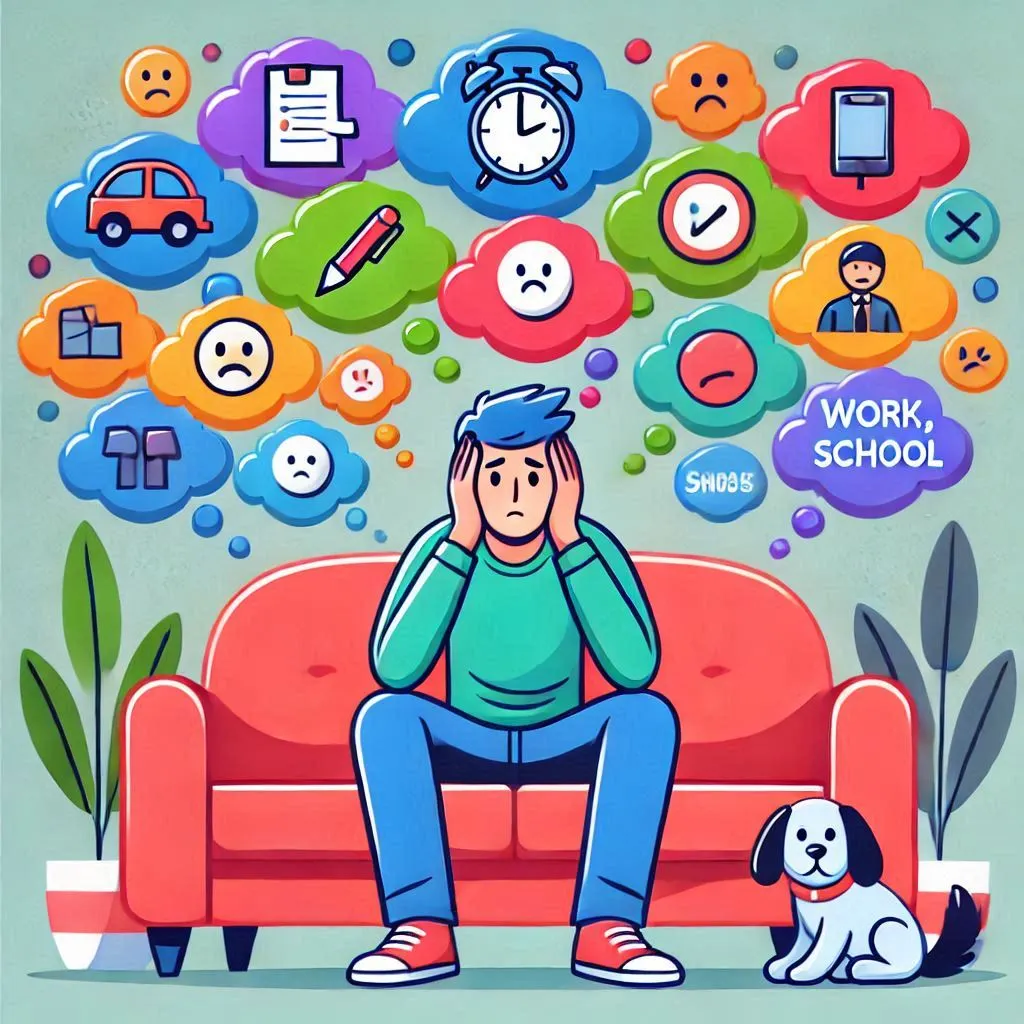
Comparing Anxiety and Stress Disorders
While anxiety and stress disorders have some similarities, there are also some important differences:
Triggers: Anxiety disorders often have no specific trigger and can also occur for no apparent reason. Stress disorders are usually associated with a specific traumatic event or prolonged exposure to stressful situations.
Duration: Anxiety is more persistent and long-lasting, while stress can be more temporary, although stress disorders can also be chronic.
Focus: Anxiety often revolves around worry about future events, while stress disorders are more focused on past traumatic experiences and their ongoing impact.
Physical symptoms: Both conditions can cause physical symptoms, but they can differ. Anxiety often causes restlessness and muscle tension, while stress disorders can cause more severe reactions such as panic attacks or dissociation.
Treatment methods: While there is overlap in treatment methods, such as cognitive-behavioral therapy (CBT), specific techniques can be tailored to address the unique aspects of each condition.
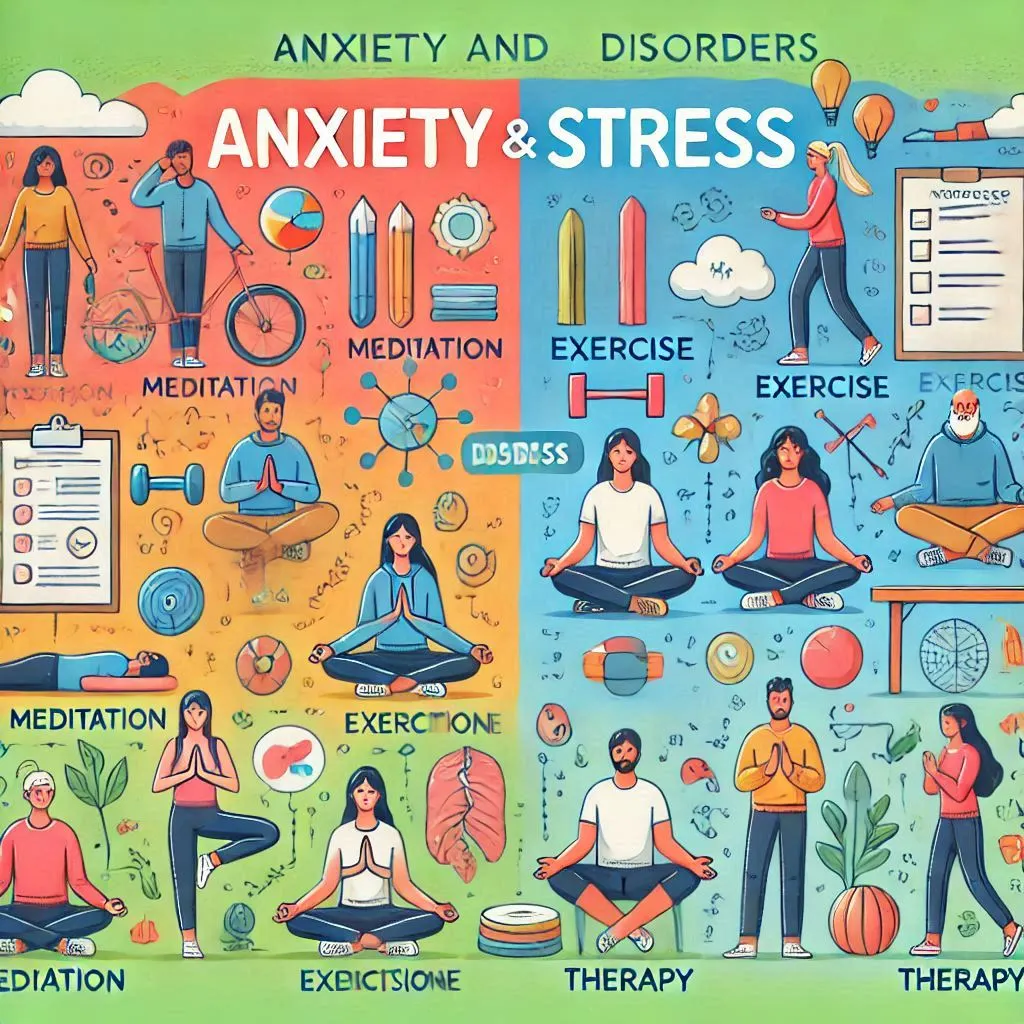
When to Get Help?
It is important to recognize when normal levels of worry or stress have escalated into a disorder. If you feel that your anxiety or stress:
- Giving you physical symptoms that worry you and your daily life, work, or relationships
- is causing significant distress
- is leading to avoidance of important activities
- Is having physical symptoms that make you anxious
Then it’s time to consult a mental health professional who can provide an accurate diagnosis and develop a proper treatment plan tailored to your specific needs.
Conclusion
At the end of the day, whether you’re struggling with anxiety, stress disorder, or both, remember this: you’re not alone, and it’s not your fault. These are real, valid experiences that many people go through.
The good news? There are several ways to manage these situations. From therapy to medication and lifestyle changes, you have options. It may take some time to figure out what works best for you, but trust me, it’s worth it.
So, take a deep breath. You can handle this. And if you need a little extra support along the way, that’s OK too. Remember, whether you’re struggling with anxiety, stress disorder, or both, there is support and effective treatment available to help.
Stay strong, be kind to yourself, and remember: that your mental health matters. You matter.
Frequently Asked Questions
Symptoms may include excessive worry, restlessness, fatigue, difficulty concentrating, irritability, muscle tension, and sleep disturbances. The severity and frequency of these symptoms may vary from individual to individual
Common symptoms include headaches, muscle tension, fatigue, digestive problems, sleep problems, and irritability. Stress can also cause behavioral changes, such as changes in appetite or avoiding social activities
A Health care professional diagnoses anxiety disorders based on a comprehensive evaluation, including a review of symptoms, medical history, and sometimes questionnaires or assessments
Treatment options for anxiety disorders include psychotherapy (such as cognitive-behavioral therapy), medications (such as antidepressants or anti-anxiety drugs), lifestyle changes, and self-help strategies.
